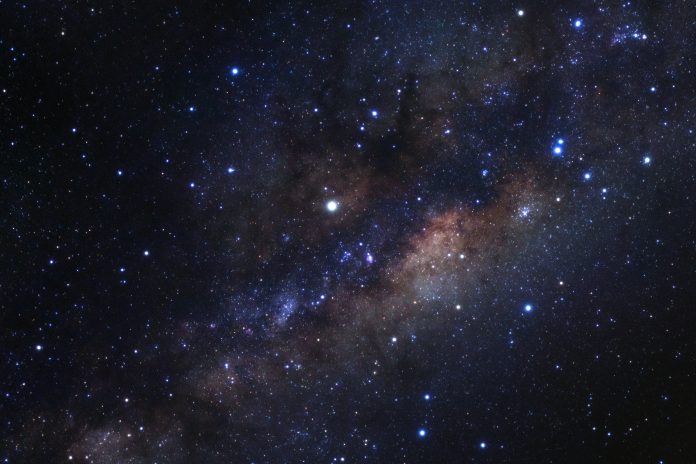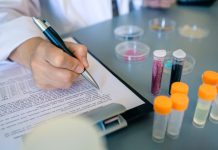A team from the University of Copenhagen say that they have identified a substance that was present in the first microsecond after the Big Bang
Researchers agree that the universe was created roughly 14 billion years ago. Using observations from the ALMA telescope, located in the Chilean desert, the moment of existence was dated back through time via measurements of a specific source of light.
Now, more researchers are looking at that moment and asking different questions.
For instance, what happened in that first microsecond after the Big Bang – the event which made life on Earth possible?
The Quark-Gluon Plasma (QGP) was present in the first 0.000001 second of Big Bang and thereafter it disappeared because of the expansion. By using the Large Hadron Collider at CERN, researchers were able to recreate this first matter in history and trace it back in time.
‘A substance called Quark-Gluon Plasma’ was the only matter
You Zhou, Associate Professor at the Niels Bohr Institute, University of Copenhagen, said: “We have studied a substance called Quark-Gluon Plasma that was the only matter, which existed during the first microsecond of Big Bang. Our results tell us a unique story of how the plasma evolved in the early stage of the universe.
“First the plasma that consisted of quarks and gluons was separated by the hot expansion of the universe. Then the pieces of quark reformed into so-called hadrons. A hadron with three quarks makes a proton, which is part of atomic cores. These cores are the building blocks that constitutes earth, ourselves and the universe that surrounds us.”
The first matter has been ‘changing shape over time’
Associate Professor You Zhou further commented: “In addition to using the Large Hadron Collider, the researchers also developed an algorithm that is able to analyze the collective expansion of more produced particles at once, than ever possible before. Their results show that the QGP used to be a fluent liquid form and that it distinguishes itself from other matters by constantly changing its shape over time.
“For a long time researchers thought that the plasma was a form of gas, but our analysis confirm the latest milestone measurement, where the Hadron Collider showed that QGP was fluent and had a smooth soft texture like water. The new details we provide is that the plasma has changed its shape over time, which is quite surprising and different from any other matter we know and what we would have expected.”











